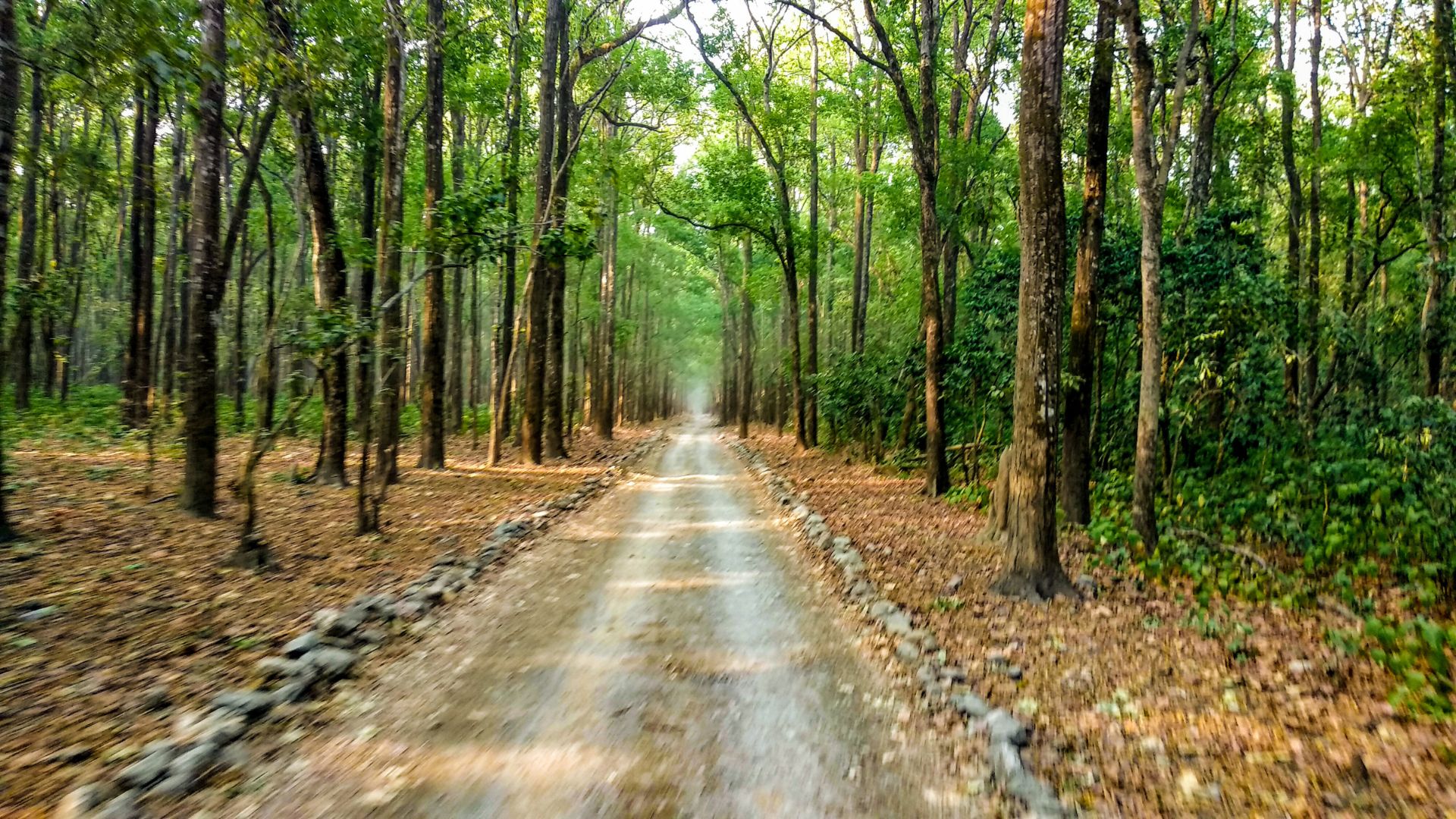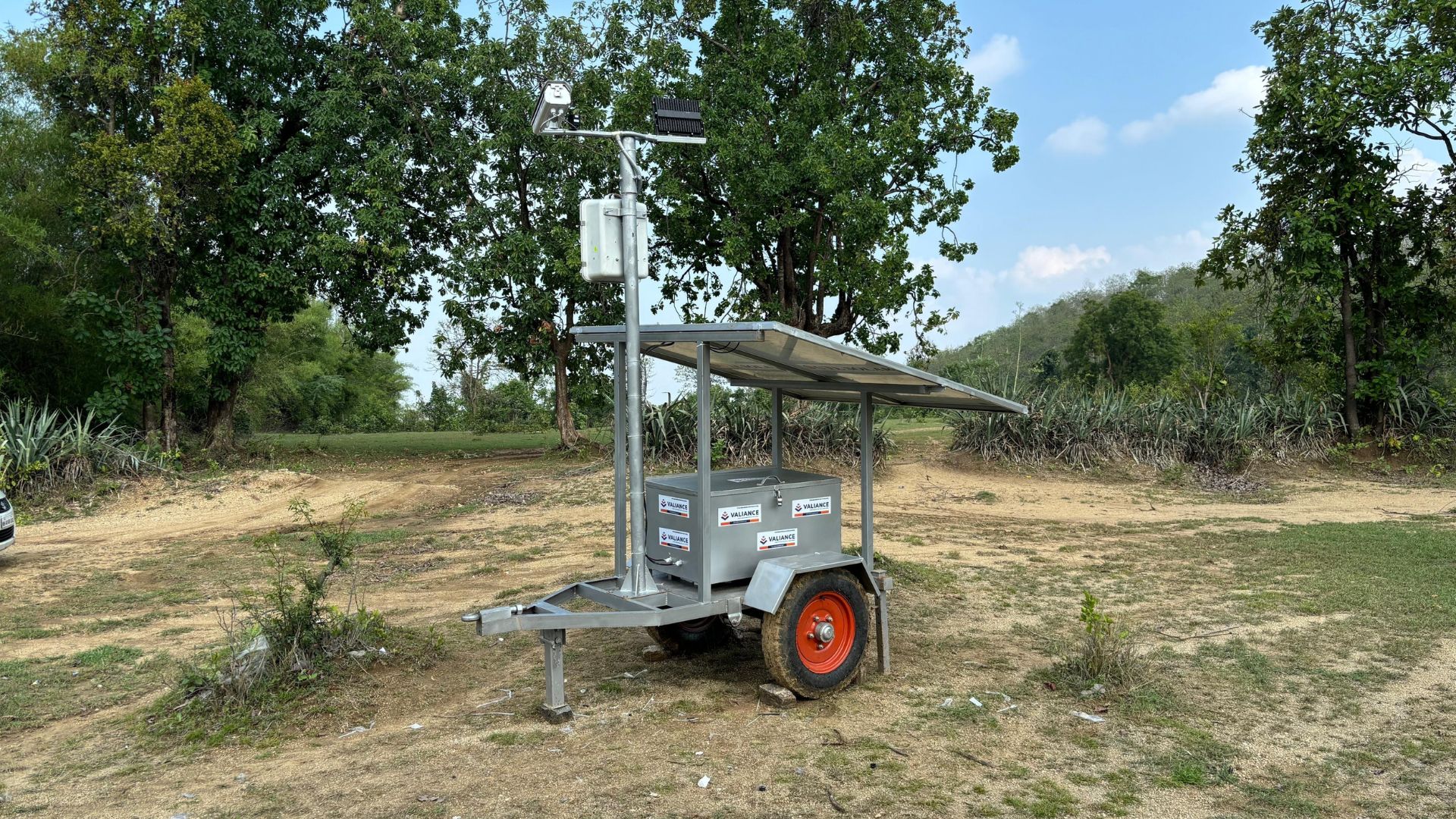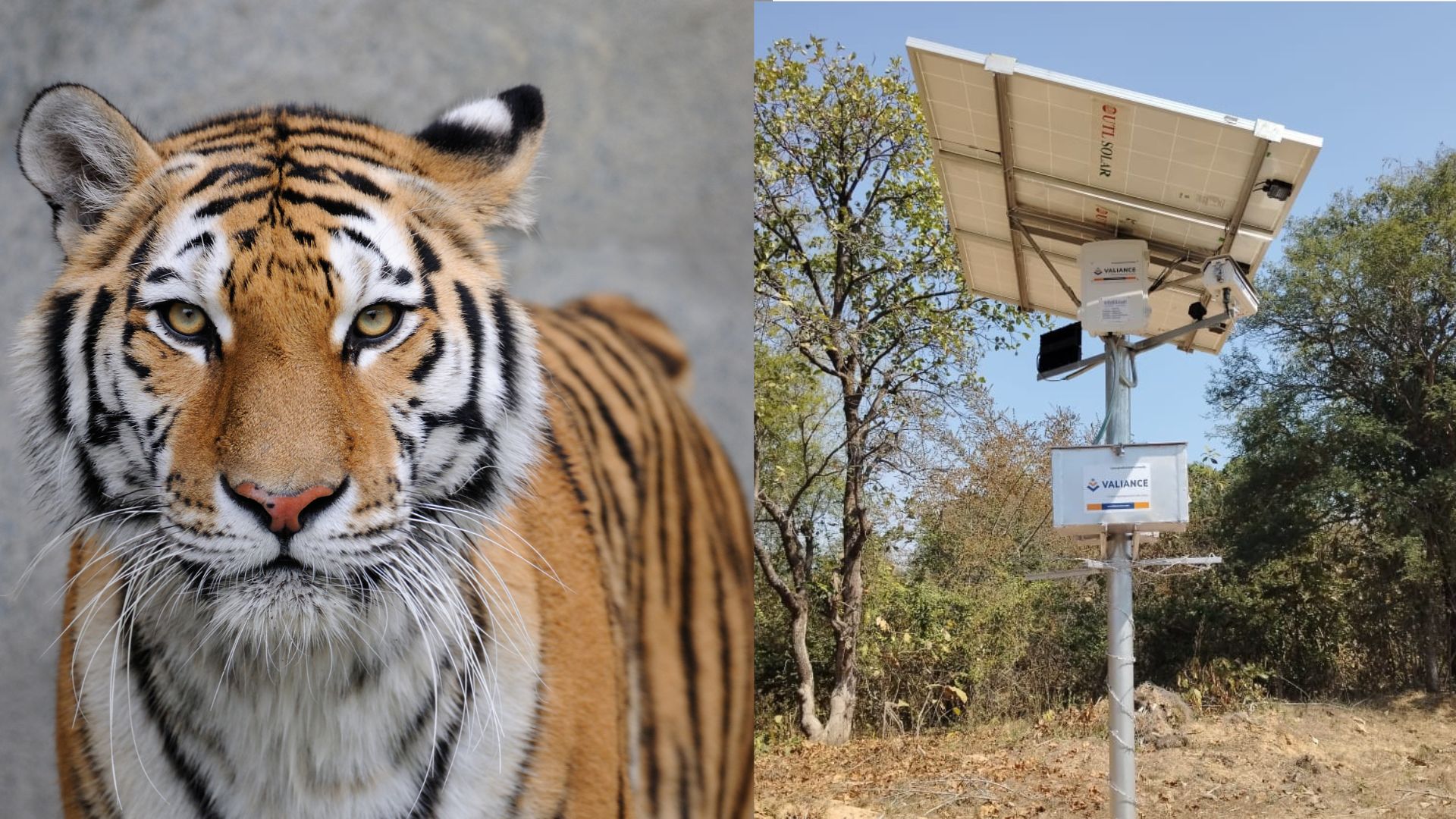Client Background
Client is a leading Fortune 500 company in chemical business. It has a significant presence in specialty chemicals value chain through offerings in epoxy, food phosphates, sulphites and water treatment chemicals. The comprehensive product portfolio provides solutions across a wide range of industries like water treatment, disinfection, cleaning and sanitization, food, pharmaceuticals, agriculture and allied sectors.
Business Objective
As a part of digital transformation exercise for achieving business and operational excellence, there is a need to collect data from various plant assets and devices using industrial sensors. This data will be used to remotely monitor the assets, monitoring the production process for yield maximization, safety monitoring by preventing any industrial mishaps, predictive maintenance workloads and energy optimization.
Solution
Client engaged Valiance to implement data collection and ingestion pipeline using open source technologies from plant assets. Data was to be extracted from sensors, filtered from anomalies and ingested into databases for further monitoring and analysis. Some of these physical assets included:
- Air Compressor
- Cell House
- Chlorine Compressor
- Chlorine Liquifier
Our team created a modular data pipeline using python libs ex: separate scripts for fetching data from sensors, data validation and data ingestion. We also maintained metadata for sensors, equipment’s and other configurations. For different physical assets, properties like; temperature, pressure, energy consumption etc are being monitored
Analytical module determines error values, abnormalities based on expected values and historical data. Any alarms are thus raised and sent to the end user as notifications through email, SMS and app channels.
Application is deployed on Azure virtual machines using Fast API. Further, we are using Power BI to display metrics for operational teams.
Outcome
We have successfully achieved first phase of digitization of assets by putting in place monitoring applications. As a next step we are working on building predictive capabilities and dockerising the applications to make it suitable for multi cloud hybrid deployments.






